Civ 7: Redefining Leadership in Gaming
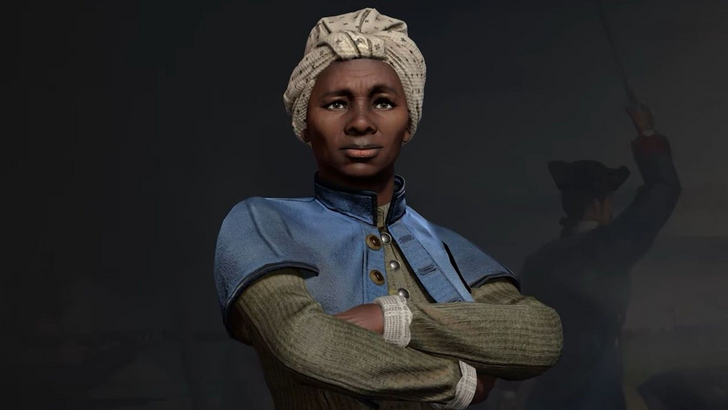
Civilization's leaders have always been as iconic as the civilizations themselves, but the way Firaxis selects these figures has evolved significantly over the years. In this article, we delve into the fascinating journey of Civilization VII's leadership roster and how it redefines the concept of leadership.
← Return to Sid Meier's Civilization VII main article
Civ VII Redefines What it Means to Be a Leader
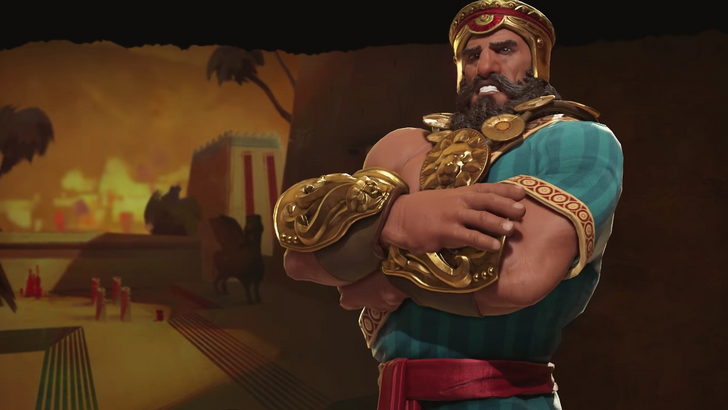
Leaders have been integral to the Civilization series from its inception, shaping the game's identity and remaining a core mechanic throughout its evolution. Each leader embodies the essence of their civilization, making them as essential to the gameplay experience as the civilizations themselves. While their role has remained constant, the selection and representation of leaders have evolved with each new installment, reflecting changes in design philosophy and technological advancements.
Join me as we explore the history of Civilization's leaders, how they've changed over time, and how Civilization VII introduces a fresh take on leadership with its innovative lineup.
Old Civ Was a Superpowers Club Only
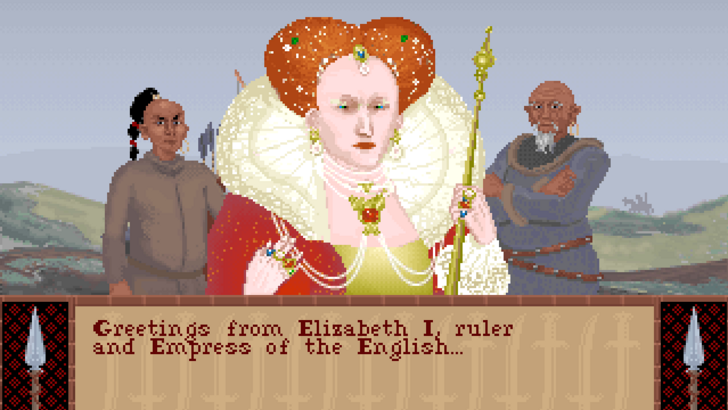
The journey begins with Sid Meier's original Civilization, which featured a modest selection of 15 civilizations, representing the major global powers and historical empires of the early '90s. The leaders chosen were mostly straightforward and widely recognized historical figures who served as heads of state. Notable names included Abraham Lincoln, Tokugawa Ieyasu, Mahatma Gandhi, and Julius Caesar, with controversial figures like Mao Zedong and Joseph Stalin also making the list. Elizabeth I was the only female leader in this initial roster. The approach was simple and focused on well-known figures, reflecting the game's limitations and the era in which it was released.
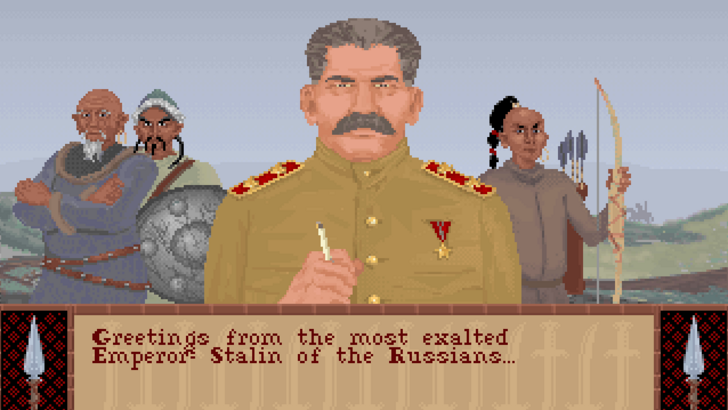
Civs 2 Through 5 Increase Diversity and Creativity in Increments
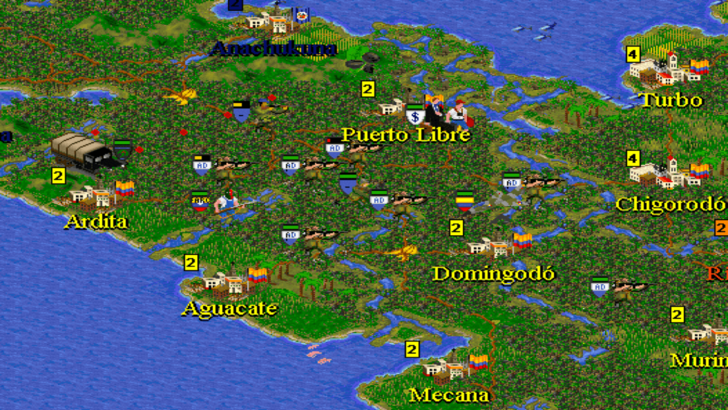
With Civilization II, the roster expanded to include lesser-known powers like the Sioux, alongside traditional superpowers like Spain. A significant innovation was the introduction of a dedicated female leader roster, offering players the choice between male and female leaders for each civilization. The definition of "leader" also broadened to include influential figures beyond heads of state, such as Sacagawea for the Sioux and Amaterasu for Japan.
Civilization III took a different approach by integrating more female leaders directly into the base game, with notable examples like Joan of Arc for France and Catherine the Great for Russia, replacing their male counterparts. By the time Civilization IV and V arrived, the roster had grown significantly, and leaders now included revolutionaries, generals, reformists, and consorts. This shift highlighted a broader narrative of human history, featuring figures like Wu Zetian in China and both Victoria I and Elizabeth I in England.
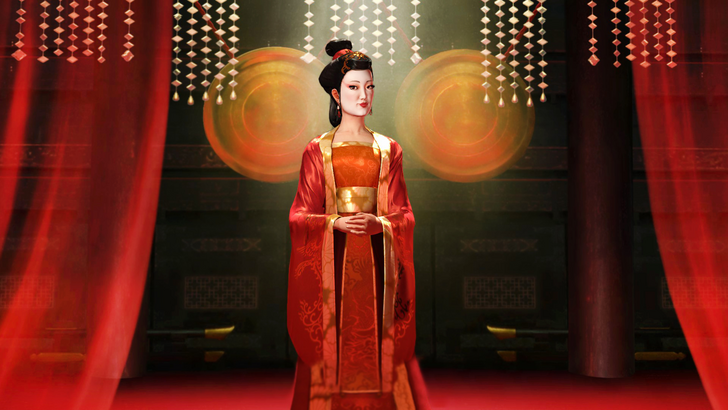
Civ 6 is When The Roster Starts to Get Spicy
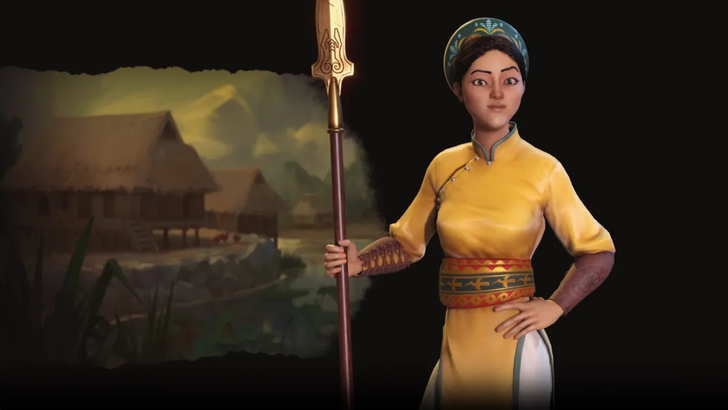
Civilization VI marked a turning point in leader representation, with leaders depicted as animated caricatures and the introduction of Leader Personas. These personas offered alternative versions of the same leader, each emphasizing different aspects of their rule and providing varied gameplay experiences. The roster expanded to include lesser-known heroes from smaller civilizations, such as Lautaro of the Mapuche and Bà Triệu of Vietnam, alongside familiar faces like Queen Gorgo of Sparta.
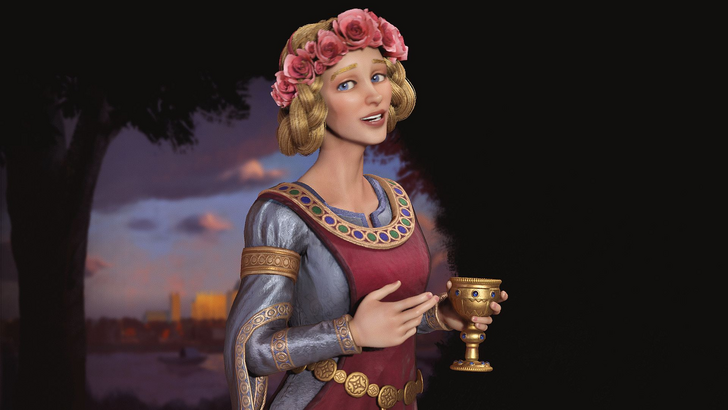
Leaders were now defined by specific chapters of their lives, setting the stage for Civilization VII's unique approach. Eleanor of Aquitaine could lead either France or England, while Kublai Khan could rule over the Mongols or China. Multiple leader options for civilizations, such as America under Abraham Lincoln or Theodore Roosevelt, further diversified the gameplay.
Civ 7 Forgoes Series Staples for Fresh Faces and Unique Leaders
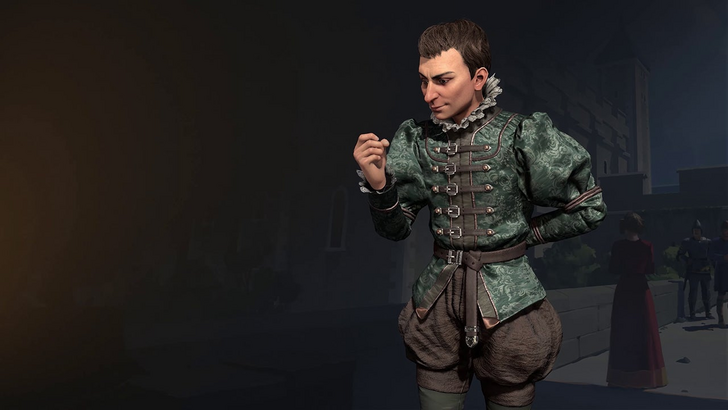
Civilization VII builds on these innovations, presenting the most diverse and creative roster yet. The game introduces a mix-and-match approach to civilizations and leaders, allowing for unconventional figures to take the spotlight. Harriet Tubman, the American abolitionist, embodies the spymaster role, while Niccolò Machiavelli represents self-serving diplomacy. José Rizal of the Philippines brings a focus on diplomacy and narrative events, highlighting the game's shift towards a more inclusive and imaginative portrayal of leadership.
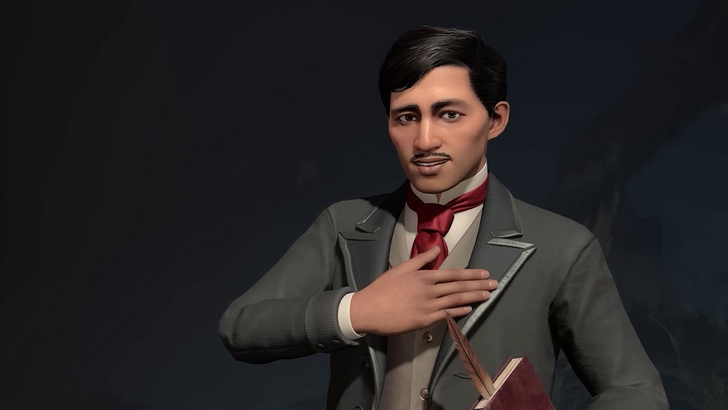
After nearly 30 years, Civilization has evolved from a game focused on superpowers to a rich tapestry of diverse leaders, each contributing to the story of humanity. The definition of leadership has expanded dramatically, yet its importance remains unchanged. As we look forward to future installments, we can appreciate the journey Civilization has taken and the innovative ways it continues to redefine leadership.
← Return to Sid Meier's Civilization VII main article
Sid Meier's Civilization VII Similar Games

-
Draconia Saga Global is a new Android game that plunges you into thrilling dragon hunts. This creature-collecting adventure lets you charge into battle against winged beasts with powerful magic, instantly bringing the How to Train Your Dragon seriesAuthor : Benjamin Dec 17,2025
-
Following player reports of increased stuttering after this week's update, Gearbox, the developer of Borderlands 4, has advised PC gamers to allow 15 minutes for background shader compilation during gameplay.The September 25 update, intended to addreAuthor : Nicholas Dec 16,2025
-
 Circus Words: Magic PuzzleDownload
Circus Words: Magic PuzzleDownload -
 Escape from Her II: CorruptionDownload
Escape from Her II: CorruptionDownload -
 Blox Fruits Dating SimulatorDownload
Blox Fruits Dating SimulatorDownload -
 Words Words Words - Make MoneyDownload
Words Words Words - Make MoneyDownload -
 Nymphomania: Idle BrothelDownload
Nymphomania: Idle BrothelDownload -
 Slots - Lotto JackpotDownload
Slots - Lotto JackpotDownload -
 SWe1: The Waio’s HeatDownload
SWe1: The Waio’s HeatDownload -
 Beach Buggy Racing 2Download
Beach Buggy Racing 2Download -
 Slots Casino : Pets AdventureDownload
Slots Casino : Pets AdventureDownload -
 Zombies BoomDownload
Zombies BoomDownload
- Mastering Two-Handed Weapons in Elden Ring: A Guide
- Roblox Simulator Codes: Unlock Exclusive Rewards!
- Wuthering Waves: Uncover the Secrets of Whisperwind Haven's Palette
- Top 25 Palworld Mods to Enhance Your Game
- Ultimate Guide to Shinigami Progression in Hollow Era
- Karl Urban Debuts as Johnny Cage in Mortal Kombat 2










![Back to the Roots [0.8-public]](https://images.ydxad.com/uploads/44/1719584089667ec55970d05.png)

